Reznick gets his due in extensive conversation about Until Dawn,
The Quarry and Supermassive’s The Dark Pictures.
Is the interactive horror movie making its long-overdue comeback?
By Alexander Chatziioannou
…
“I think the entertainment industry has a tendency to shoot itself in the foot and get too excited about emerging technologies,” said Graham Reznick, lead writer on both “Until Dawn” (alongside indie-horror legend Larry Fessenden) and “The Quarry.” “We’ve seen it over and over again with 3D and VR. These are viable artistic mediums that need to be explored organically. But when you get a lot of money and expectations put into them, they can easily topple before they’ve had a chance to mature. That’s probably what happened in the ‘90s with FMVs.”
Reznick even includes traditional adventure games in the interactive movie’s long lineage of partial successes and outright failures. Growing up without a dedicated console, he would use his father’s work PC to immerse himself in games like “King’s Quest,” which he considers “essentially, weirdly templates for what Supermassive ends up doing.”
“[It] seems counterintuitive because the latter [of Supermassive’s Games] are primarily narrative-driven,” he told The Washington Post, “but they do share more with Sierra adventures than people tend to realize.”
While citing point ‘n clicks as a precursor to the modern interactive movie may raise some eyebrows, at the same time it highlights how a fresh perspective on the genre — one focused on storytelling rather than the technological spectacle and star-studded casts of the FMV era — proved vital for Supermassive’s success with the genre.
Byles, who joined the Guildford-based studio in 2010, is slightly older and, having followed the medium’s cinematic ambitions from the start, somewhat less controversial with his historical references.
“I loved ‘Dragon’s Lair’ — I spent a bloody fortune on it!” he said, referring to the most celebrated product of the Laserdisc era, a gorgeously animated fantasy arcade game helmed by occasional Spielberg collaborator Don Bluth that was visually indistinguishable from his award-winning animated films.
Despite approaching the interactive movie’s winding genealogy from different entry points, both contributors were aware of the pitfalls involved in Supermassive’s undertaking. If overinvestment doomed the medium’s most orchestrated pursuit of the interactive-movie ideal, it could be argued that Supermassive’s creative triumph was, at least partly, due to the freedom of operating outside the zeitgeist.
…
Read in-depth article at The Washington Post










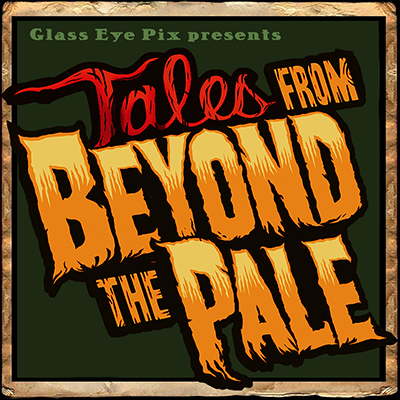

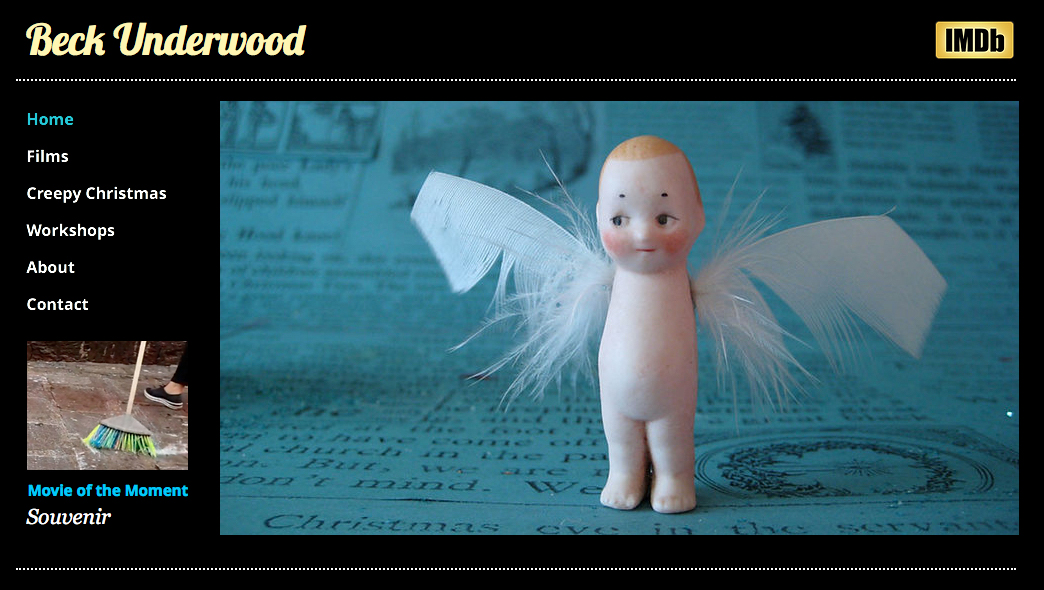






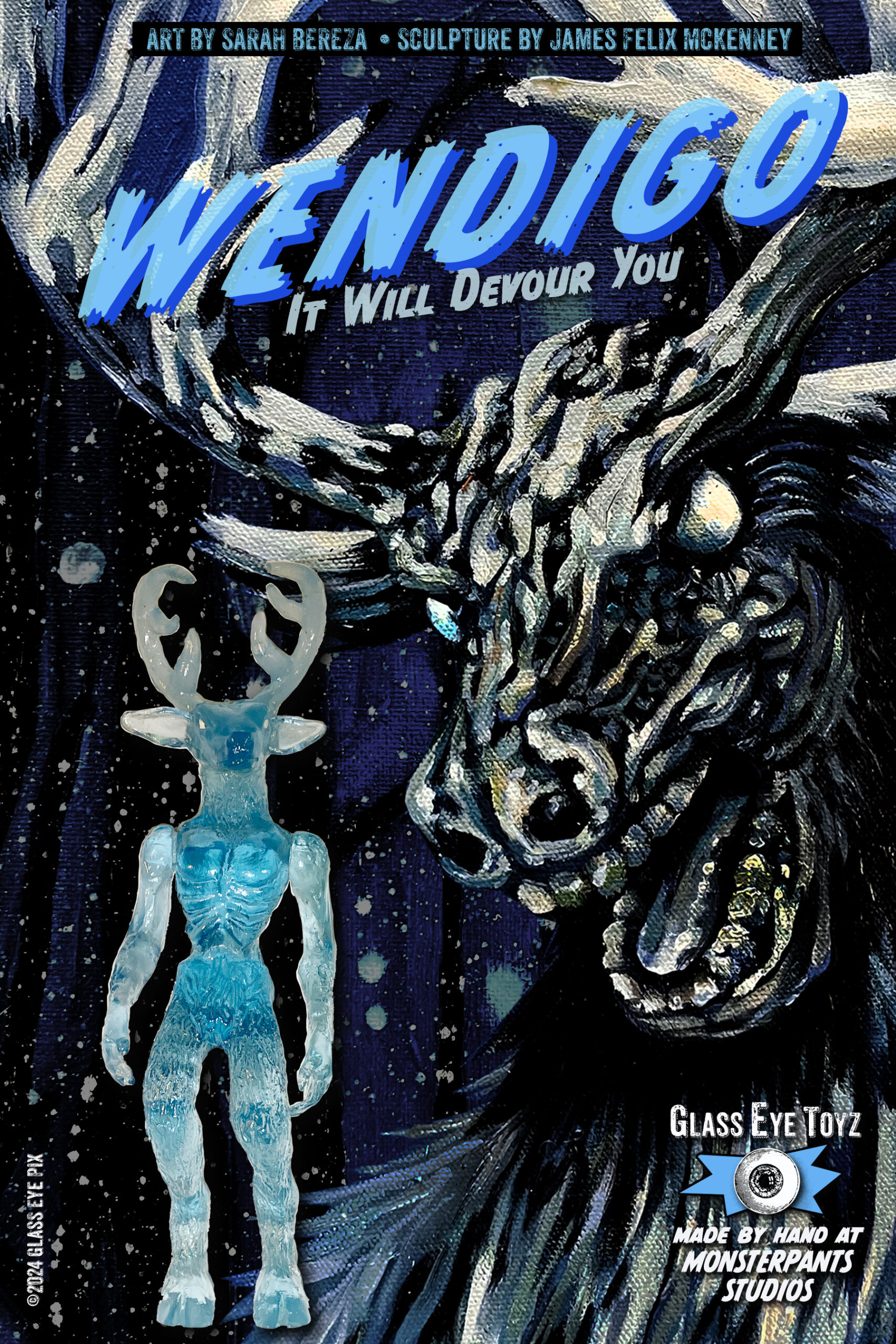
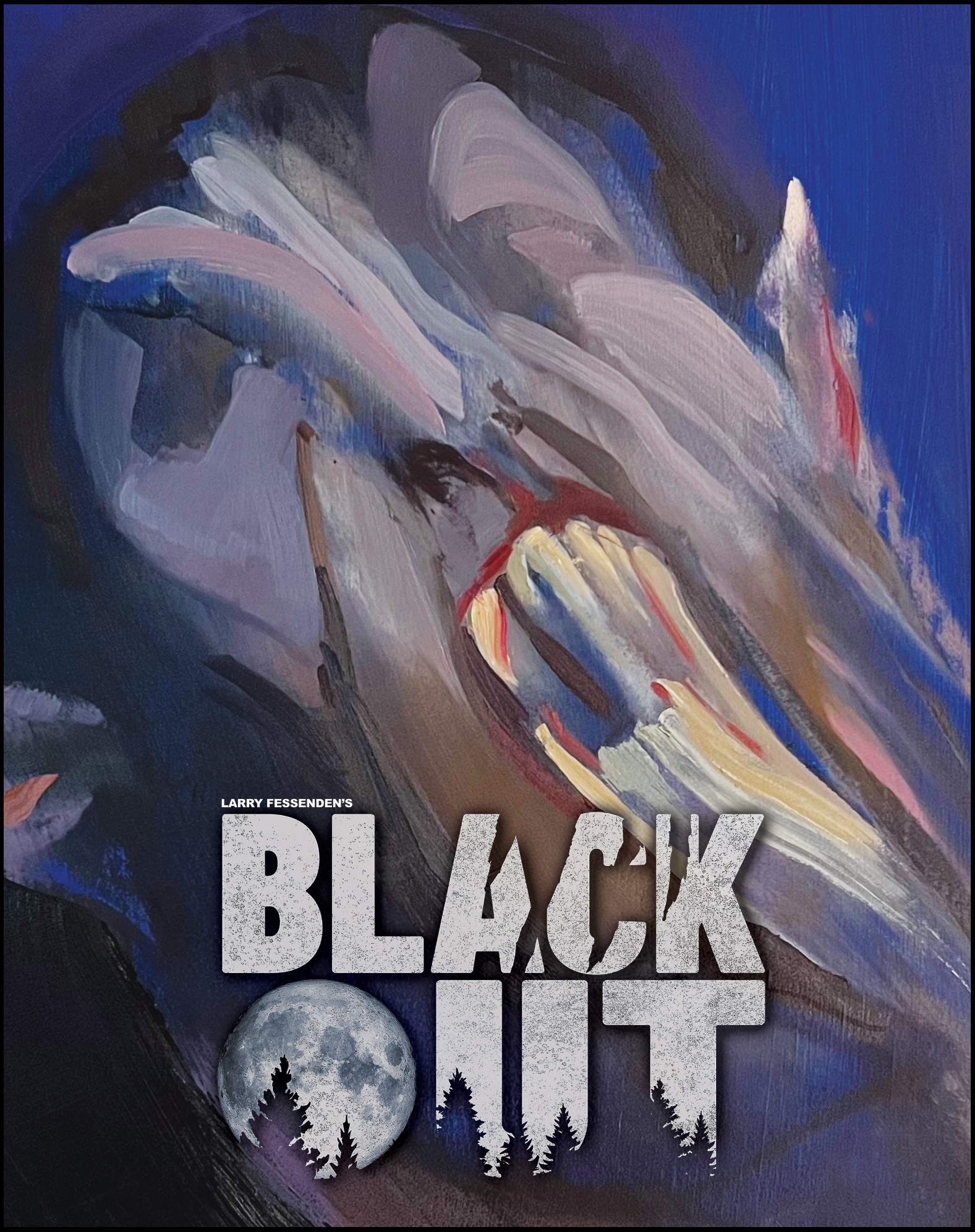
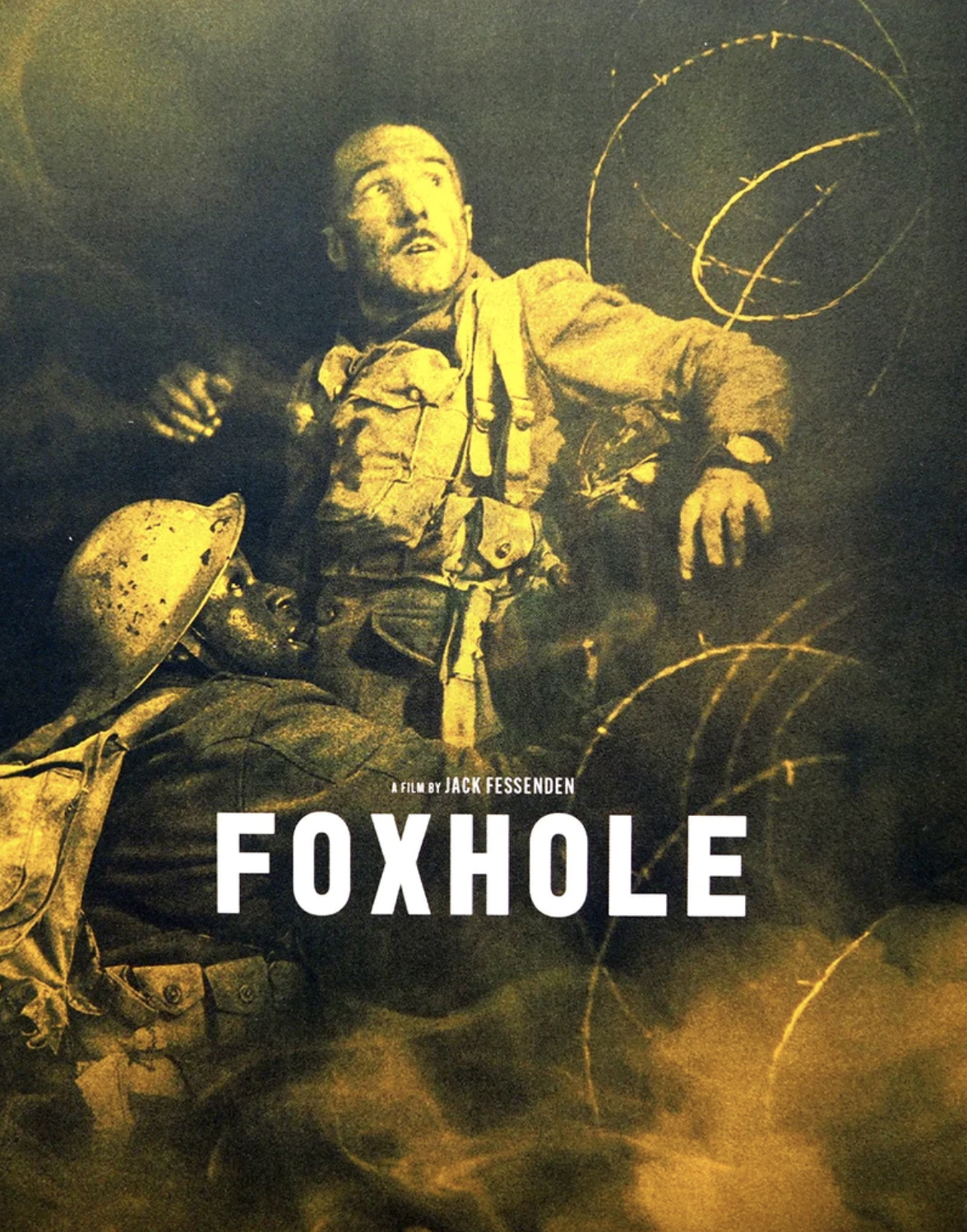
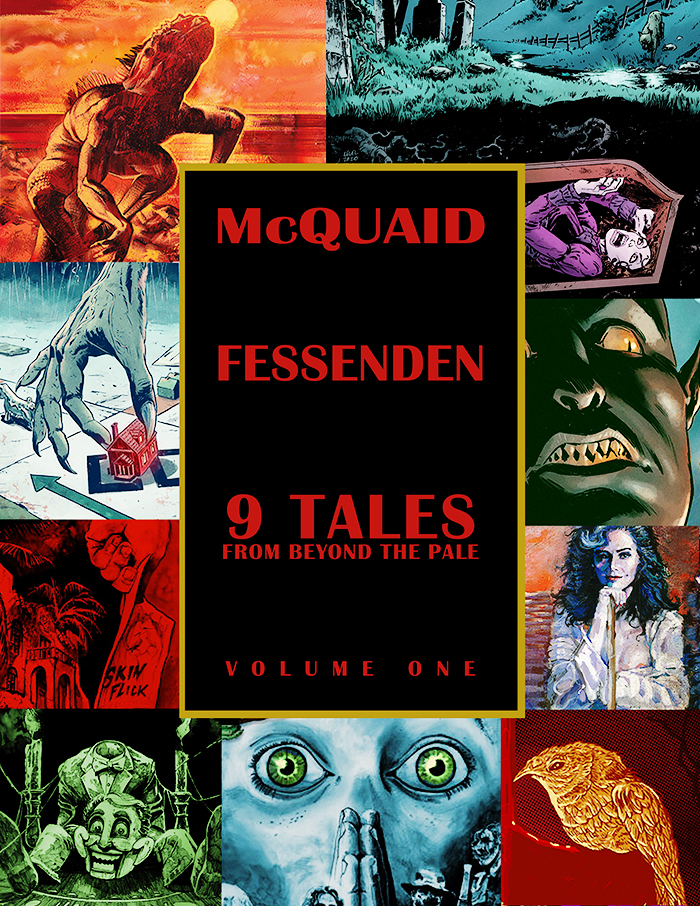
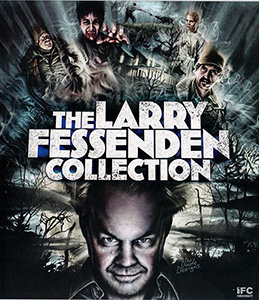
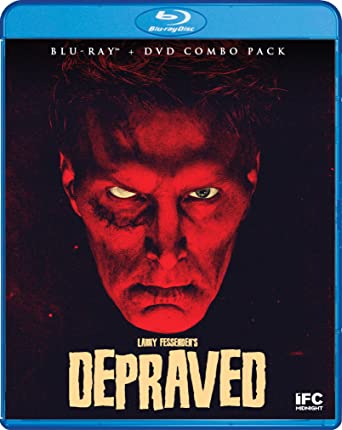
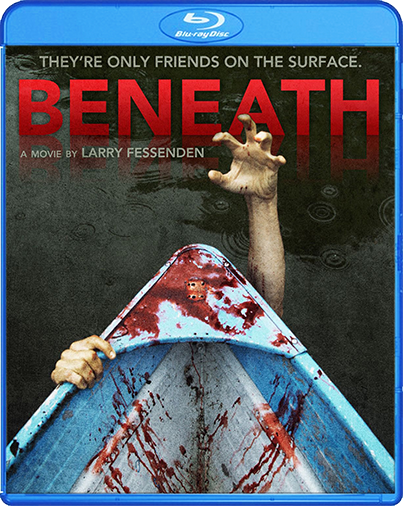
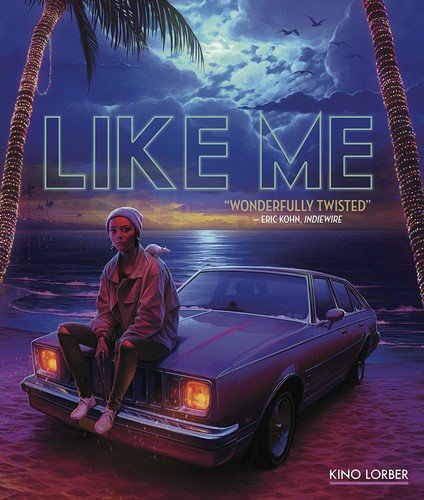
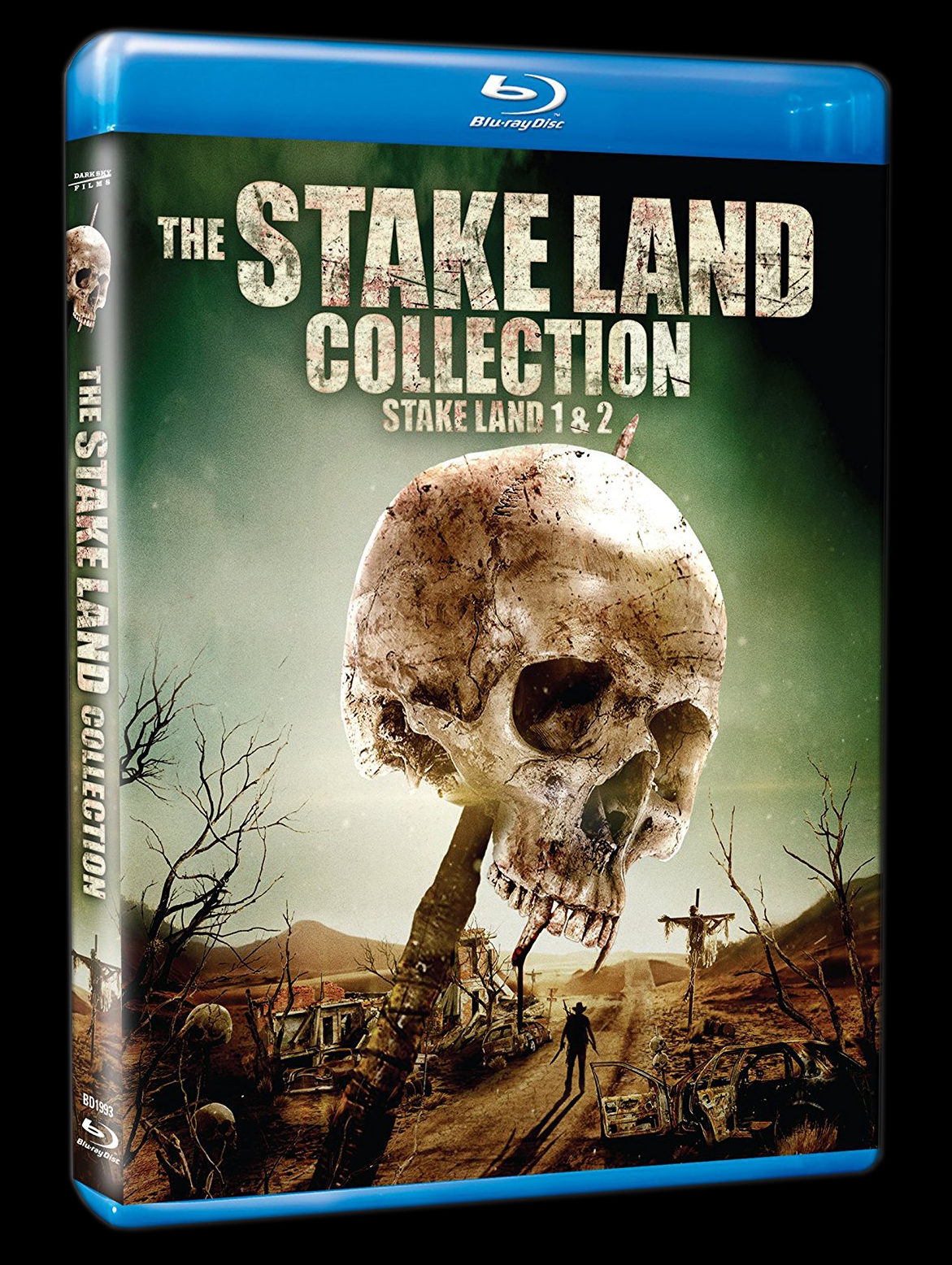
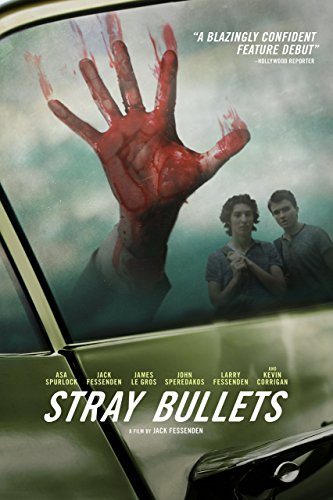

Add a comment